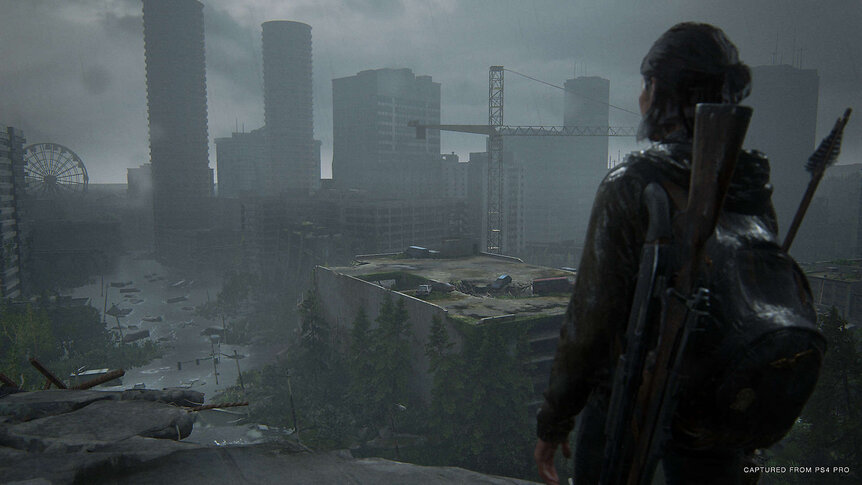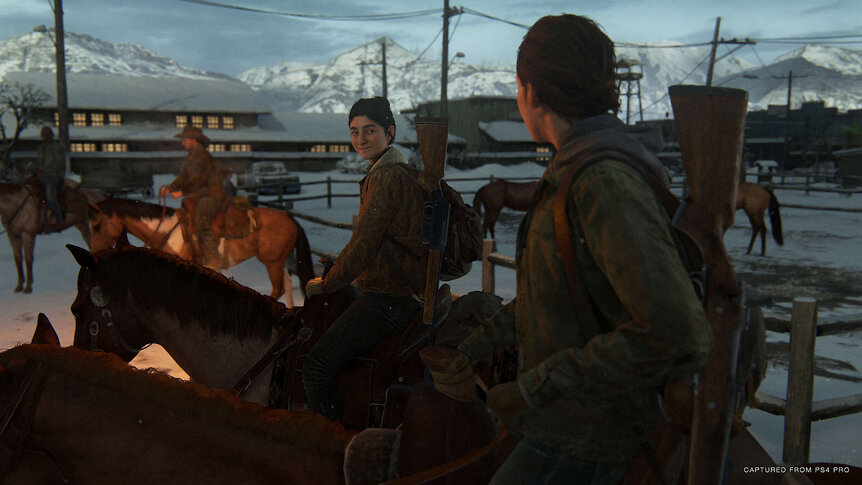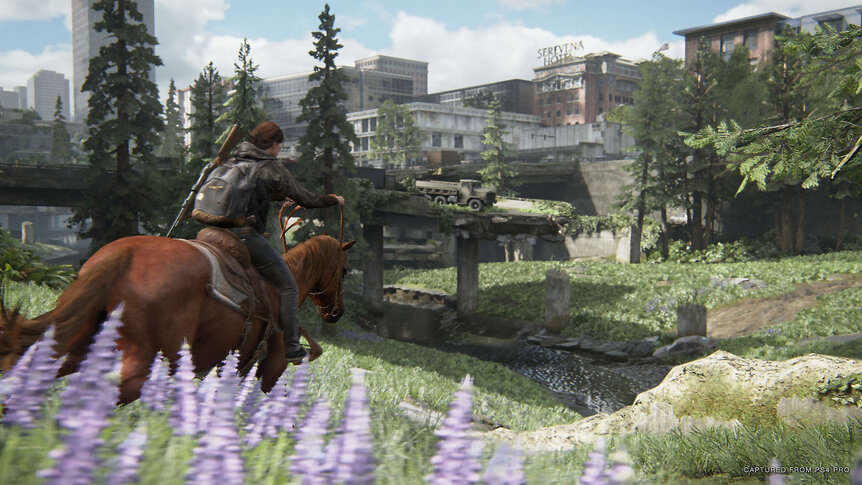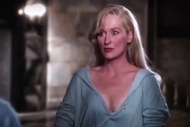Create a free profile to get unlimited access to exclusive videos, sweepstakes, and more!
The Last of Us Part II is a beautiful, real story about broken people in a broken world
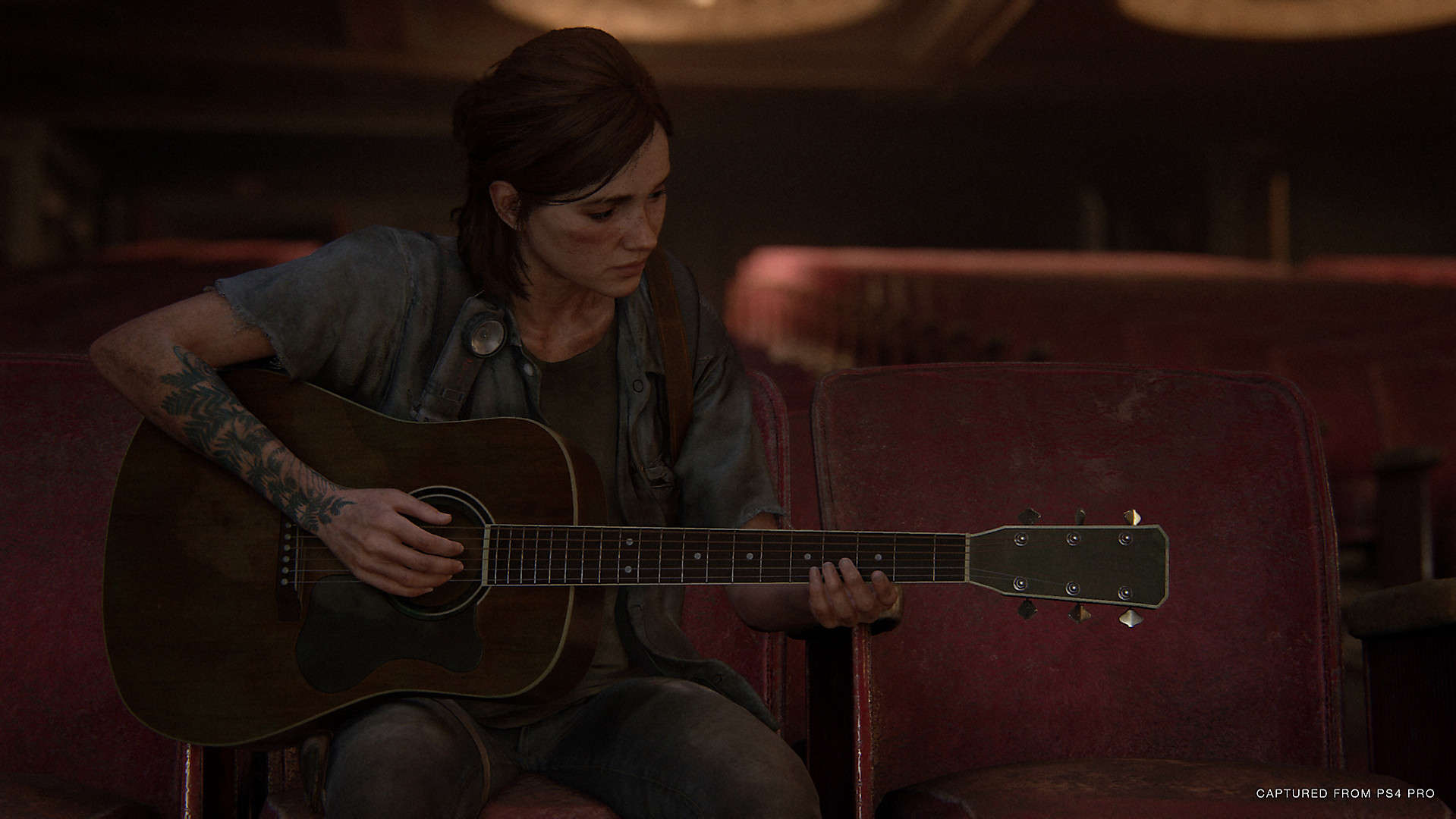
When The Last of Us came out for the PlayStation 3 seven years ago, it told an ambitious story set against the backdrop of a post-apocalyptic America. It was textured, nuanced, and unflinchingly brutal. But, it was only a precursor to the kind of complicated story to come in the recently released sequel, The Last of Us Part II.
**Spoilers ahead for The Last of Us Part II.**
Considering the first game has sold more than 20 million copies and counting, it wouldn’t have been a surprise for developer Naughty Dog and director Neil Druckmann to return to this world with a bigger, louder sequel focused on the same fan-favorite characters that made Part I such a hit. Instead, we got to watch the first game’s main protagonist, Joel, be brutally murdered in the game’s opening prologue — and that was just the first surprise of many.
Video games have increasingly been a venue for complex, admirable storytelling — and few titles have done so much to elevate it as a whole as The Last of Us franchise. In the sequel, fresh off Joel’s death, the game shifts to a tale of revenge, with Joel’s surrogate daughter of sorts, Ellie, setting off across the country to exact vengeance. Joel’s brother Tommy does the same, with Ellie and her girlfriend Dina close behind. This sets up the next half of the action, which finds Ellie working her way through a hit list of sorts, once she’s tracked down the group that traveled from Seattle to Washington to kill Joel.
Ellie’s quest finally comes to a head when her target Abby gets the drop on her, gun drawn.
Then...
Fade to black.
At this point, the game resets, in a sense, and you once more play the events of the past few days, but from Abby’s perspective — essentially turning the young woman you’ve been hunting the past 13 or so hours into the game’s second protagonist. The narrative here fills in the gaps as to why Abby traveled so far to kill Joel, as we learn Joel actually killed her father in the climax of the first Last of Us seven years ago. Abby’s father was the doctor trying to develop a vaccine from Ellie’s immunity, but the process would have killed Ellie. So Joel killed them all and rescued Ellie, saving her life but effectively destroying any chance at a vaccine to the virus that has ravaged humanity.
Playing through the next half of the game as Abby, you get to know her father via flashbacks and see firsthand how his death affected her and still haunts her. You get to know her friends, the same ones that you hunted down and killed in the first half of the game. You get to know Abby as a person, as she turns against her own people to try and save two young siblings from a rival group. It’s a risky twist, and one that has proven a bit controversial among a contingent of fans who came into The Last of Us Part II expecting to play out Ellie’s full-fledged adventure.
But The Last of Us isn’t a franchise built on safe choices. The first game dealt a messy end, with Joel — unable to sacrifice Ellie after losing his own daughter at the beginning of the outbreak — chooses her life over a potential future for humanity itself. He then lies to young Ellie, telling her the vaccine wouldn’t have worked anyway, so they just left while she was unconscious. We see a game’s worth of that fallout here, with Ellie listless and directionless in this life Joel fought so hard to preserve, slowly piecing the truth together along the way. She’s understandably angry at Joel for taking away her agency to make that sacrifice, robbing her of a way to give her life meaning, even if it would have come in death.
That backstory is slowly filled in with flashbacks, as we eventually see that the night before Joel’s death, Ellie had gone to see him, and was slowly opening the door to forgiveness. He had finally come clean about what happened in the first game, and they were slowly working back toward finding trust. Joel’s death was the next time she saw him.
As simple as it might seem, Joel’s murder gives Ellie direction. She channels that rage into purpose, seemingly in the hopes that avenging Joel’s death will help her find some sense of closure. Instead, it seems to only make her more angry and broken. No amount of revenge will bring Joel back, and that’s a point Ellie only comes to realize once it’s too late.
THE END.
When the game finally catches back up to the confrontation from Abby’s perspective, Abby shoots and kills Ellie’s friend Jesse, who followed her to Seattle, but shows mercy on Ellie and the rest of her friends after realizing Dina is pregnant. Abby, Dina, and Tommy return home, wounded but alive. Flash forward and Ellie is trying to build a new life with Dina, helping raise her child. Despite the idyllic setting, Ellie is still suffering from PTSD, and when Tommy shows up with a lead on Abby’s whereabouts, Ellie once again sets out to finish things. Even with a new life in front of her, she can’t let that old anger go.
Ellie tracks Abby to Santa Barbara, only to learn she’s been captured by human traffickers. She stages a rescue of sorts, and finds Abby near death, strung up on a post. She helps her down, and Abby leads her to a pair of boats they can use to escape. Ellie threatens the life of the child Abby is protecting to force her into a fight, and Ellie wins — holding Abby under the breaking waves until she is near-drowned and stops struggling.
Then she lets her up, and lets her go. After two cross-country trips for vengeance, and throwing away her new life to make the latest trek, she lets her go. Watching the life drain from Abby’s face, Ellie realizes this won’t bring her peace. But it’s a realization that comes so late, she’s already thrown away the life she was trying to build to chase it.
It’s an interesting counterpoint to Abby’s arc, as she gets her revenge on Joel, but still feels rudderless and haunted in the wake of it all. She only finds some semblance of purpose in trying to save a pair of young runaways who saved her life — despite being from a rival group. She finally comes to the realization that life is life, regardless of faction, and breaks off from her group to search for a better life. But even then, that search is derailed when she’s captured by human traffickers while on the path. Even with the best of intentions, the ugliness of this world can still break it with no warning.
Ellie seems to still be looking for that purpose, and after returning to her empty farmhouse to find Dina and the baby long gone, she's now starting from scratch. We see her finally start to let go of the totems from her old life — Joel’s broken watch (itself a gift from his late daughter, which he held onto all these years in her memory). She also revisits her guitar, a gift from Joel, who taught her how to play it. She strums “Future Days,” by Pearl Jam, a recurring song going back to when Joel first played it for a young Ellie. It’s only fitting, considering the franchise’s recurring affection for Seattle.
“If I ever were to lose you
I'd surely lose myself
Everything I have found here
I've not found by myself
Try and sometimes you'll succeed
To make this man of me
All of my stolen missing parts
I've no need for anymore
I believe
And I believe 'cause I can see
Our future days
Days of you and me”
After playing it herself one last time, Ellie leaves the guitar behind at the farmhouse. We don’t know if she returns home to Jackson to try and find Dina, or strikes out on her own — we only see her leave the totems of her old life behind and walk off into the sunset. Which is the closest thing to a “happy” ending something like The Last of Us could ever really offer.
It’s a story of broken people, fractured by a broken world, trying to find whatever passes for some kind of peace. But even in finding it, sometimes that’s still not enough. Because life doesn’t break into neat chapters and boss fights. It’s messy, and sometimes stories just end. Sometimes the narrative arc doesn’t play out like we’ve sketched it in our minds.
And that’s the legacy of The Last of Us Part II, and the franchise as a whole. It’s unexpected. It's surprising. It’s real.
It’s human.
